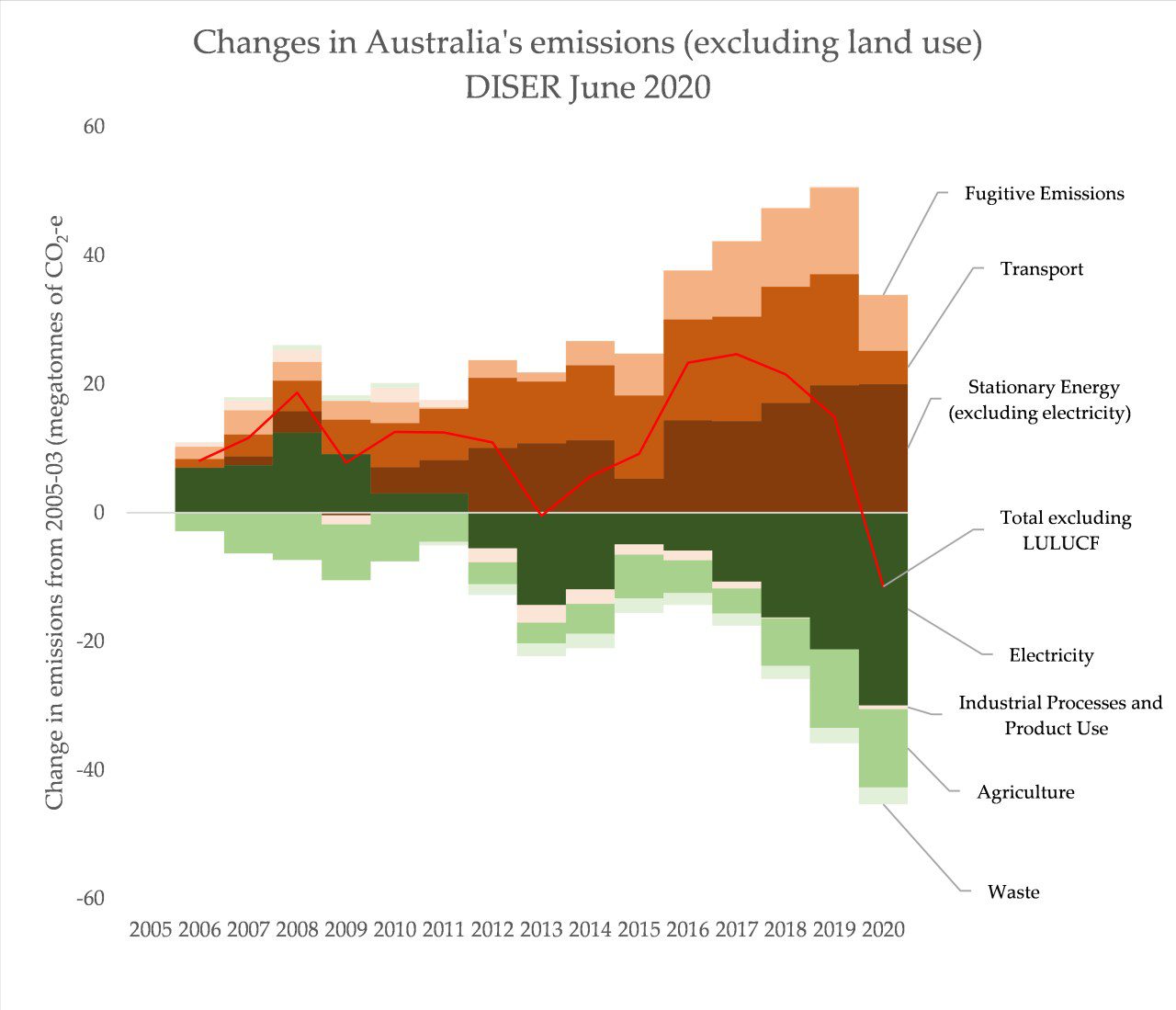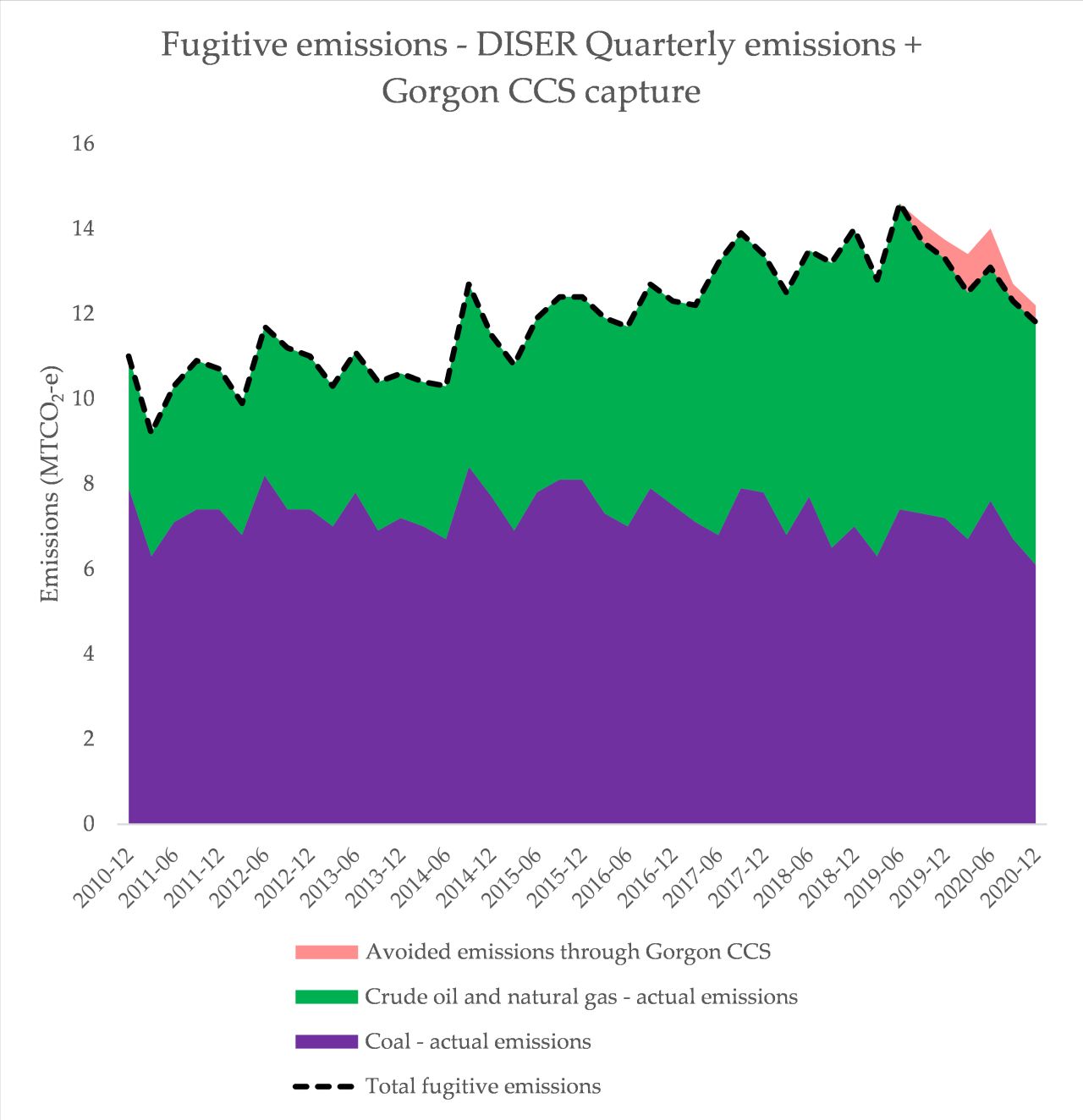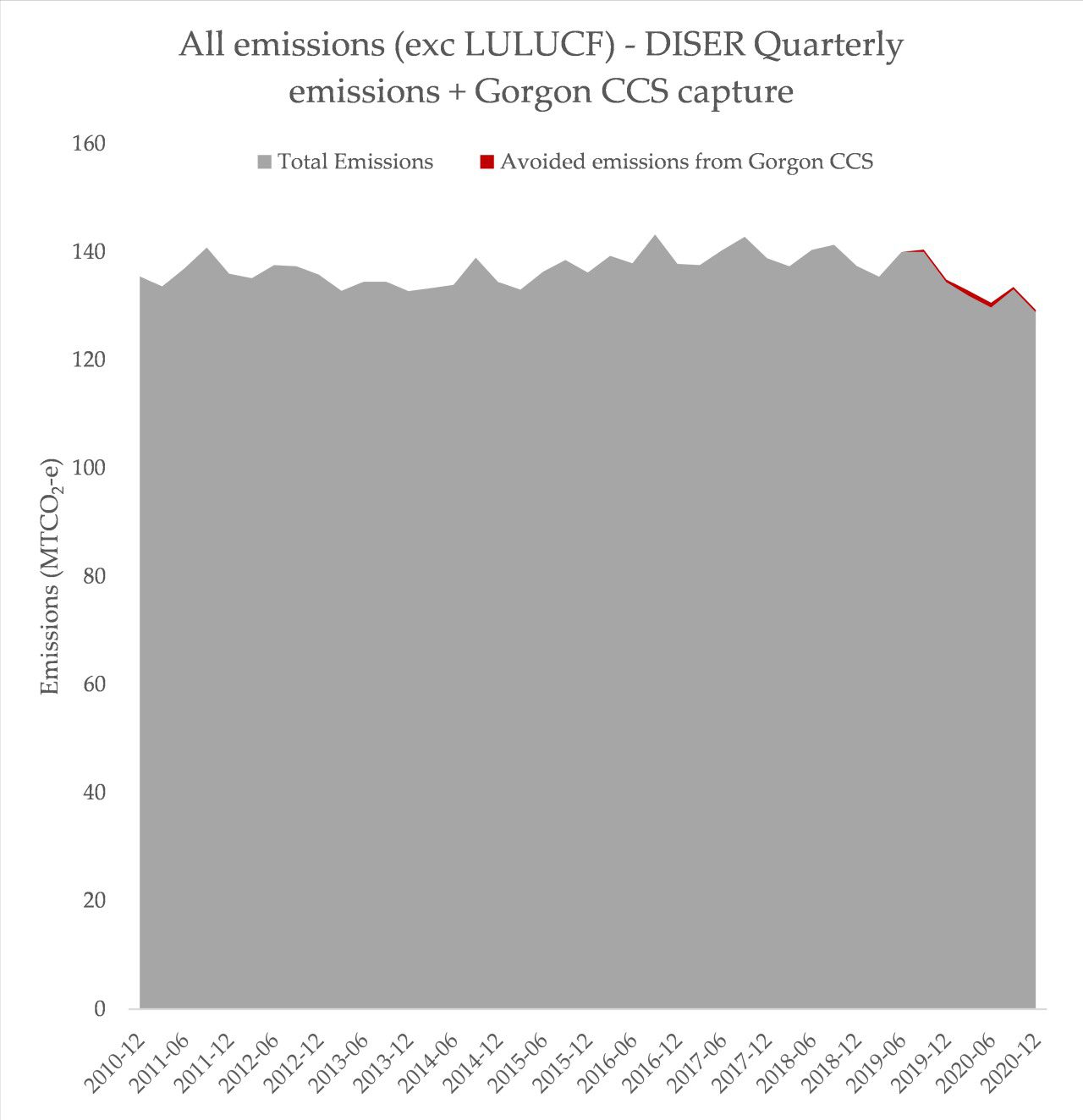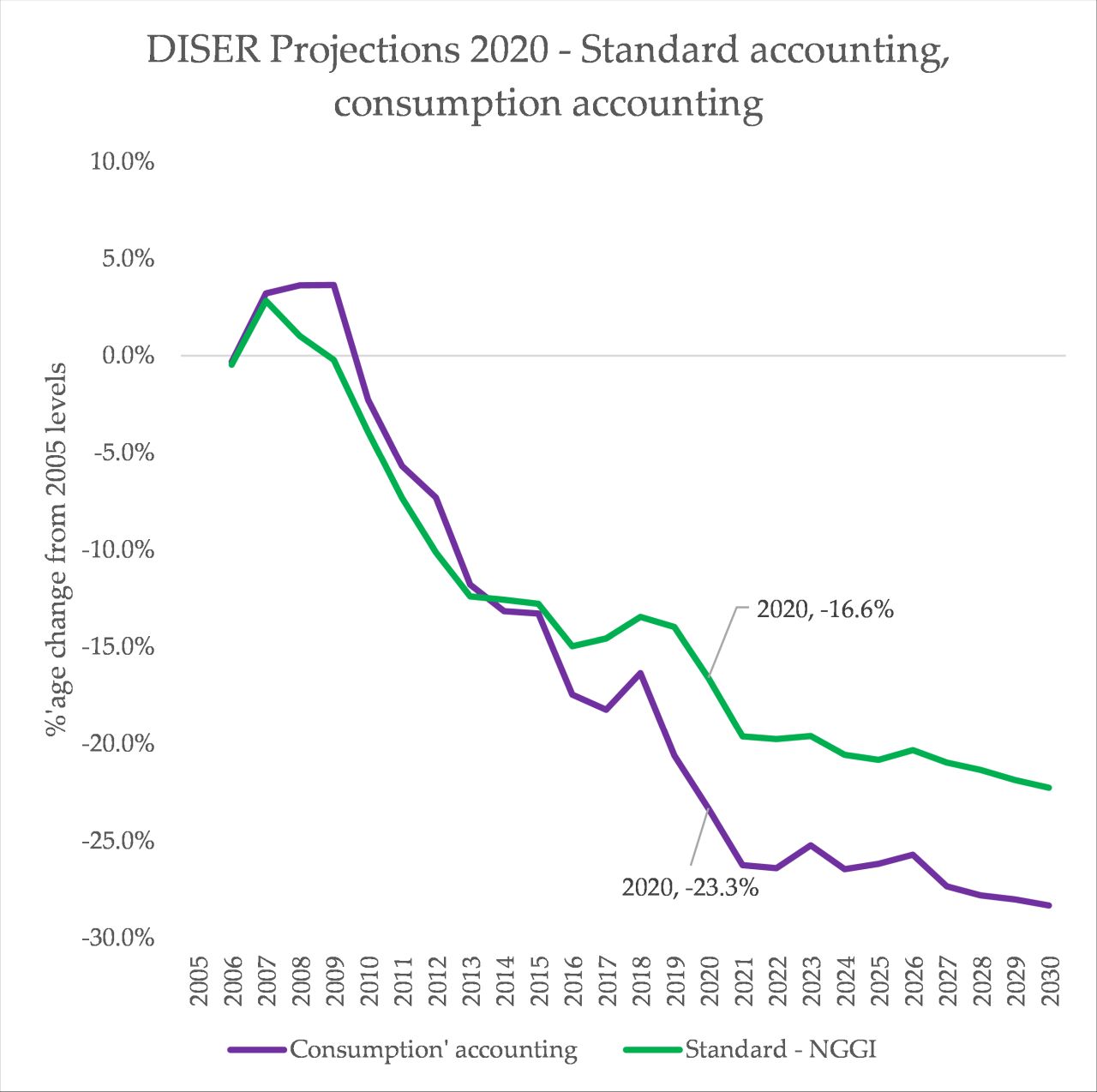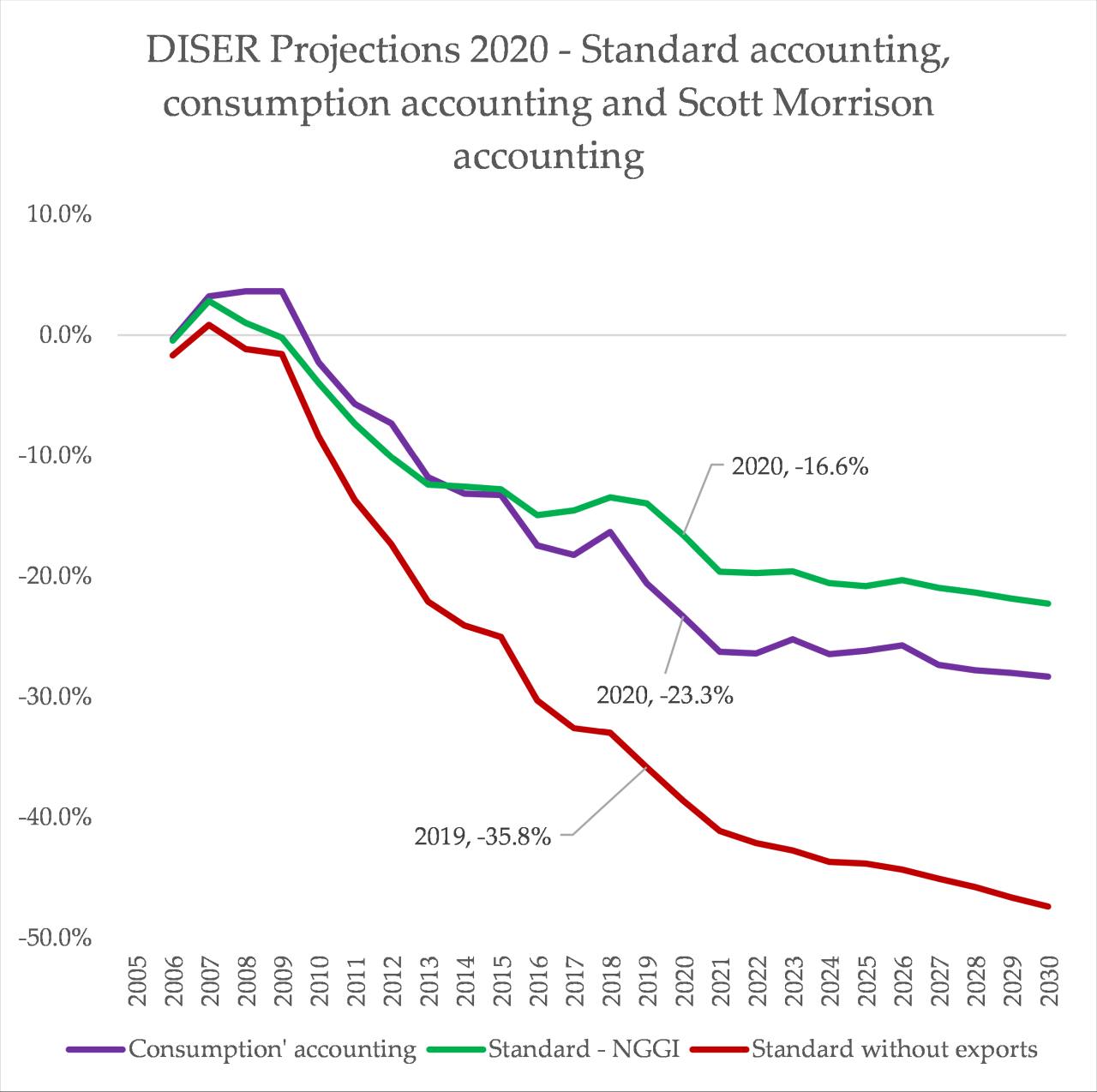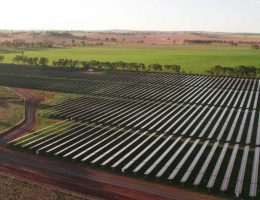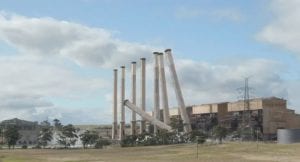It’s that hallowed time of year – the release of Australia’s emissions data. That means it’s time to piece apart exactly what tricks are being used to massage, mask and manipulate the data in the report to present a rosy narrative of success, or to take credit for emissions reductions that definitely do not come from government actions.
Last update, at the start of March, we found that historical revisions to Australia’s Paris targets baseline year allow for more emissions to be released in 2030, that the rebound from Covid-19 had begun, and that clean energy reached new highs.
Since March, Australia’s emissions data has come into sharp focus. As global attention on Australia increases in the lead-up to COP26 later this year, the government has engaged in a series of efforts to present their climate agenda as if it’s ambitious, when really, it is a mixture of stagnation and active support for fossil fuels.
Australia’s total emissions, in this update, bring the data up to the end of 2020. And they show that, yes, emissions have fallen to their lowest level on record – thanks mostly to the impacts of the Covid19 pandemic and the growth of renewable energy. Neither, of course, are driven by federal government policy.
Let’s break down how this report was spun to fit the key focus of the government this year: greenwashing a terrible track record on climate change.
Gorgon’s CCS contribution has been badly exaggerated
Past of the reason Australia’s emissions have fallen is because the growth in ‘fugitive emissions’ – that is, the emissions associated with coal, oil and natural gas mining – has slowed. After hitting a peak in mid-2019, emissions in the fugitive category have fallen – right down to 2015 levels, in fact. As Energy and Emissions Reductions Minister Angus Taylor put it:
“Fugitive emissions also fell 8.8 per cent or 4.8 million tonnes, with the ramp up of the Gorgon carbon capture and storage facility in Western Australia making a significant contribution. The Gorgon CCS facility will permanently store around 4 million tonnes of carbon dioxide each year at full rate, making it the largest, purely emissions reduction facility of its kind in the world”.
What immediately stands out here is that the quantity of the fall in emissions has been specified, but Gorgon’s contribution is described only as “significant”. The report itself mentions Gorgon, but also doesn’t talk about proportion. “Fugitive emissions down 8.8 per cent due, in part, to a reduction in coal production and increases in Gorgon’s carbon capture and storage”. In part, eh?
Of course, I had to know how much. As RenewEconomy has reported, Chevron’s huge Gorgon carbon capture project has been plagued by delays and malfunctions ever since it began operation (which was itself delayed by many years). Boiling Cold’s Peter Milne has been tracking the broad and numerous problems with the project since its inception, and recently reported that, in 2021, the Western Australian safety regulator ordered the facility to limit the amount it’s storing by around two-thirds.
At its maximum level of operation, it can store around 4 million tonnes (megatonnes) of carbon dioxide each year. But Peter Milne told me, via messages, that he’d found via freedom of information requests the plant stored 0.8 megatonnes of CO2 in 2019, and 2.6 MTCO2 in 2020.
Breaking Milne’s data down into quarters, it’s blatant that it’s the drop in coal mining that has driven most of the drop in fugitive emissions – Gorgon’s CCS project has only avoided a small fraction of total fugitive emissions, and an even smaller fraction of total Australian emissions. It is – verifiably – very, very far from “significant”. Australia’s 2020 emissions were 0.5% lower, thanks to the ~$43 billion AUD project. If the plant was running at max output, emissions would have been 0.8% lower.
Comparing these capture data to the Clean Energy Regulator’s data showing the avoided emissions from renewable energy, in 2020, Gorgon avoided three times fewer emissions than renewable energy did … in 2011.
The Morrison Method returns
A decent majority of the government’s climate efforts this year have gone towards increasing Australia’s emissions by funnelling cash towards the fossil fuel industry. The slim remainder of effort has gone towards trying to presents Australia’s abysmal track record as if it’s far better than it really is.
At Joe Biden’s April ‘Leadership summit’, Scott Morrison reproachfully issued a series of well-worn statistical tricks, but brought an entirely new one to the table.
To explain: one alternative way of viewing emissions data is to view ‘consumption emissions’ for a country. For the standard ‘territorial’ emissions, the GHGs to make stuff exported is counted locally, and the GHG from stuff made overseas and imported is counted overseas. For ‘consumption’ accounting, that’s swapped: the emissions from making stuff that’s exported counts at the destination, but also the emissions from making the things we imported count towards our own ledger.
Australia exports very emissions intensive stuff – mostly fossil fuel products (remember, this isn’t even accounting for the emissions when they’re burned, which standard global emissions accounting puts on the ledger of whoever burned it). So the ‘consumption’ method leads to lower emissions:
The Morrison method is a bastardisation of that: it offloads the emissions from making stuff that’s exported, but refuses to counter-balance by accepting the emissions from stuff that’s imported. Do that, and you end up with a ludicrous and totally embarrassing way of representing Australia’s climate burden – a red line that’s far, far below Australia’s actual emissions:
“When exports are excluded, domestic emissions are now 37.4 per cent below 2005 levels”, Taylor repeated, in his press release. Tellingly, the Department is clearly quite aware of how misleading this metric is. Though the report features plenty of information about consumption accounting, there is no mention of this 37.4% figure. Taylor’s staffers presumably calculated it themselves from the raw data buried in the back of the report.
The COVID bump won’t last
The headline on Taylor’s press release was “Emissions fall to lowest level on record”. Quite a feat, no? Of course, most of the heavy-lifting came from renewable energy. Like most other quarterly reports prior, renewable energy saw a record high level of output up to the end of March 2021, and most importantly, both coal and gas saw record lows:
Gas – in particular – was a cool 3.7 gigawatt hours lower than the March 2010 quarter. It is, of course, a quarterly demolition of the argument that integrating large volumes of renewable energy requires ‘more gas’. While there is an arguable (and shrinking) potential for peaking gas in extremely rare moments of low wind and solar output, even that only needs a volume of gas power supply far, far lower than what is currently being used on Australia’s grids.
Both coal and gas are technologically redundant. The only real task now is upgrading Australia’s electricity system in line with the goals of the Paris Climate agreement – the International Energy Agency recently reiterated the need to retire all existing coal-fired power generation in countries like Australia by the year 2030.
Though the Morrison government has belatedly come to support renewable energy, it is too little, too late. Federal leadership is required well beyond platitudes and credit-taking, to steer the growth of new wind and solar. Without it, we’re already seeing a very noticeable slow-down in the growth of renewables in Australia.
To make matters worse: one of the deepest cuts to emissions from COVID19 is already rebounding. Transport emissions are flying upwards, erasing much of the gains from the steadily rising contribution of renewables. And as 2021 progresses, it’s very likely the balance will tip towards emissions rising again.
The next emissions update is due at the end of August 2021, and then COP26 is held at the beginning of November. That means at COP26, Australia’s government will try to take credit for the high renewable output to March 2021, but paper over the rising emissions from recovering fossil fuel exports and the country’s massive fleet of petrol and diesel vehicles.
Covid19 has added plenty of noise to the systematic trends within Australia’s emissions-reducing and emissions-causing sectors. But that noise is disappearing, and a simple long term trend is appearing: all of the hard work of emissions reductions from renewable energy are being cancelled out by the incredible rise of fossil export and combustion car emissions.


